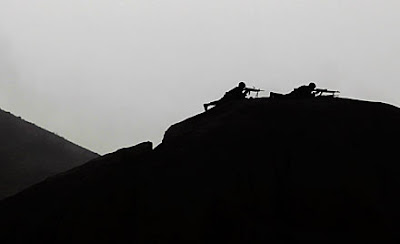The program used to be called Transitional Therapeutic Community, and it meant transitioning people from a therapeutic community program in prison to a transitional therapeutic community outside of prison. . .Martha note: Harrisonburg’s Gemeinschaft Home has been easing men’s transition from prison back into mainstream life for 25 years. Recent massive state budget cuts, however. Have forced the residential treatment program to re-invent itself. Today, in place of WMRA’s traditional Civic Soapbox, Gemeinschaft’s Board Chair Ruth Stoltzfus Jost talks about the transitional program's own transition. And about Harrisonburg’s ongoing support of the program's efforts to help ex-offenders.
When you lose two-thirds of your budget, which is essentially what happened with us, you have to really slice to the bone and so we’ve done that. . . .
What we have now is just called a Community Residential Program. Instead of a 180-day program, it’s a 90-day program. The people who come to this Community Residential Program, these are people who may or may not have had a drug treatment program at all; may or may not have ever been part of a therapeutic community setting. So we are having people who come to us who are sometimes more in need, worse off, but we have them for 90 days instead of 180, and we are not funded to do the intensive program that we were before . . .
What we decided at Gemeinschaft was to gamble really big, and that is that even though we are getting this lower reimbursement for the shorter program, for people with more problems, we decided to go ahead with hiring a staff person who is a master’s level clinician. Who has the credentials to provide treatment for our residents. Which we aren’t required to do as a Community Residential Program. . . .
If you talk with our Program Director, he’ll conduct group sessions., and if he think he sees someone who’s kind of floating through and not dealing with the issues he needs to be facing with - -they’re just going to skate through their 90 days, he starts assigning responsibilities to them. He makes sure they get to a point where they confront the things they need to confront—how to deal with substance abuse, how to avoid being in a situation where they’re going to go backwards. . . .
We’re finding the Department of Corrections is really happy to see the work we are doing. They’ve come and sat in on sessions with group sessions and watched the kind of treatment that people here have access to. But again, when you look at the state budget, there’s the danger they’ll just say, we can’t pay for residential programs. And so it’s something that’s valuable, but that doesn’t necessary mean it’s something that will be funded. . . .
The community has just been fantastic. I don’t know what the opposite is of “not in my backyard,” but this is what we have. We have people who are saying, “yes, in my backyard,” and “my yard is your yard and I’m glad to have you here.”
































